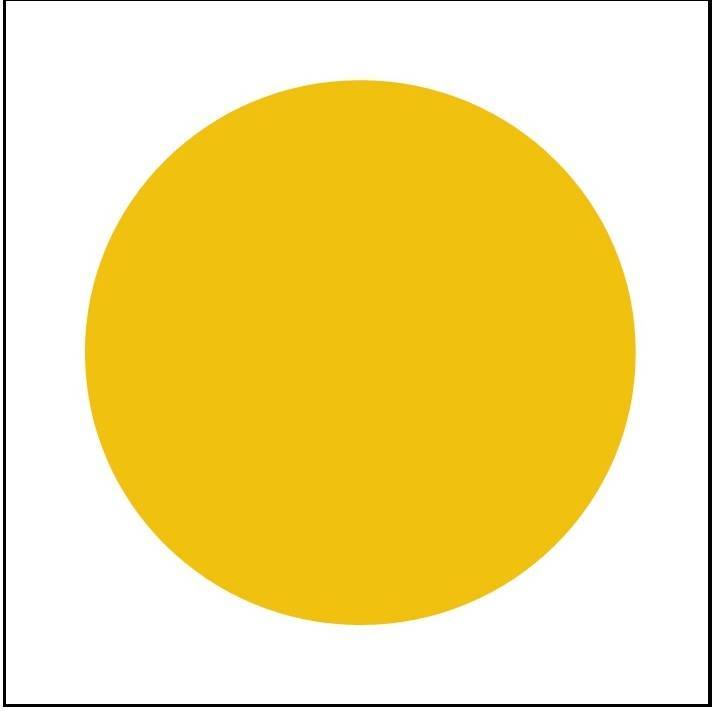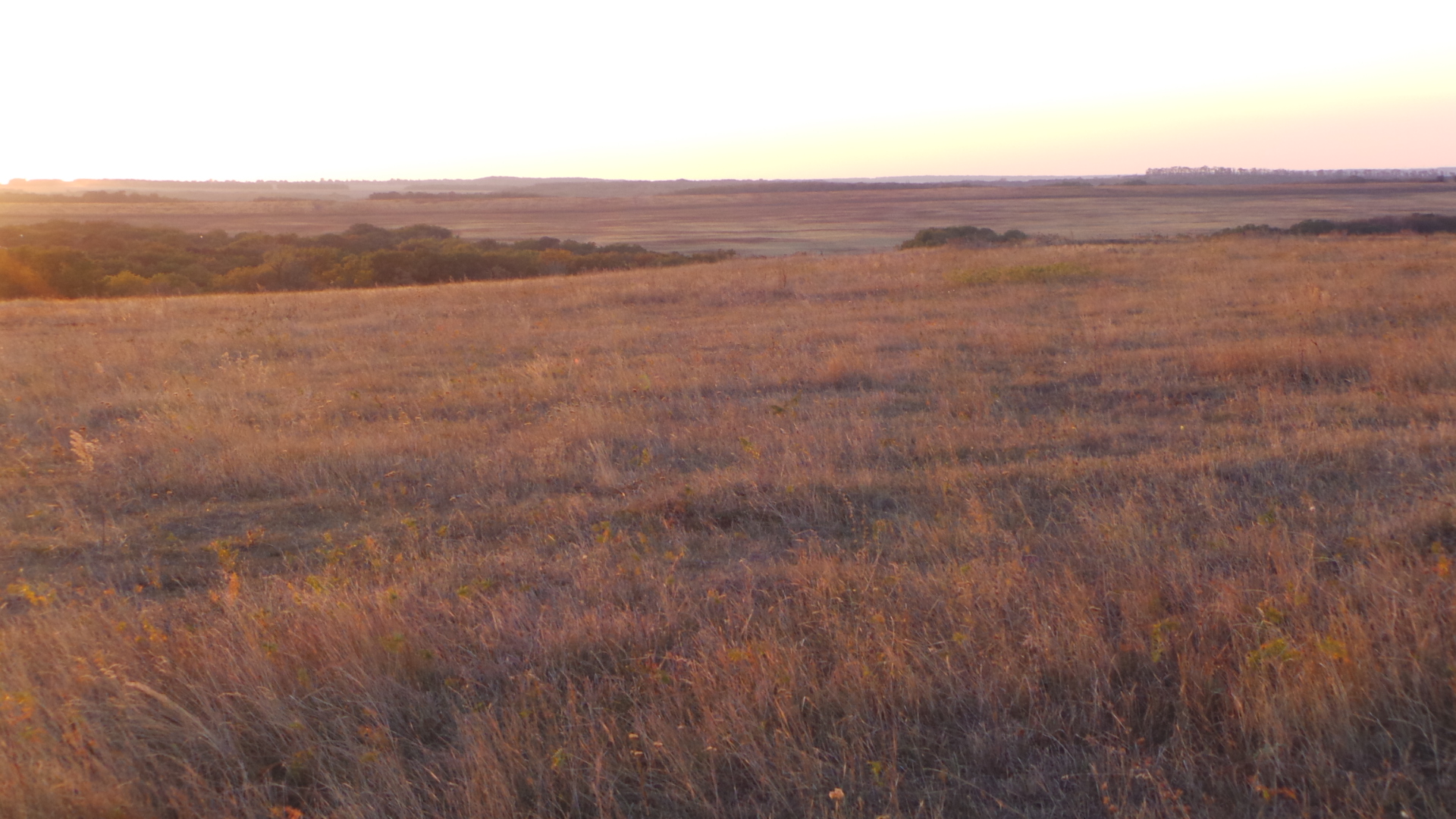Written by Nikolaus von Twickel
Summary
In an unprecedented step, Russia’s ruling party began campaigning in Donetsk and Luhansk for the upcoming State Duma elections. The move, clearly orchestrated from Moscow, is yet the most significant step towards the separatists’ professed goal of political “integration with Russia”. Meanwhile, the pandemic continued to take lives in the “People’s Republics” while locals had no access to vaccination. Official statistics showed that local populations decreased significantly more than in previous years.
Russian election campaign begins in Donetsk and Luhansk
Russia’s ruling political party, United Russia, began campaigning in the “People’s Republics” for the State Duma elections this September, thanks to amended election rules which should allow hundreds of thousands of local holders of Russian passports to vote online.
The campaign took off on 14 and 15 July, when Duma MPs from United Russia addressed forums in Luhansk and Donetsk, promising among other things that Moscow would do more to improve economic conditions in Donbas, create more places at Russian universities for local students and calling for the handout of even more Russian passports. Duma deputy Gennady Onishchenko, who studied in Donetsk and used to head Russia’s sanitary watchdog, referred to President Vladimir Putin’s 12 July essay about the history of Ukraine. “The main idea is that White, Little and Great Rus’ are one people, genetically and culturally, he said, using the Imperial term “Little” (Russia) for Ukraine, which many modern-day Ukrainians find offensive.
“DNR” leader Denis Pushilin said in his speech that Donbass was part of a “greater Russia”, that more than one million Russian citizens lived in the “People’s Republics” and that the fact that the Ukrainian armed forces were firing at Russian citizens every day makes them “objects of genocide” – a thinly guised threat of renewed Russian military intervention. Pushilin also announced that he would become a member of United Russia, and the party on 18 July began recruiting local members in a Donetsk park.
The State Duma elections are scheduled for 19 September. While Russian election law stipulates that citizen living abroad can only vote in Russian consular representations, the Central Election Commission passed a decree which apparently enables Russian passport holders in eastern Ukraine to vote online. The decree from 25 May allows voters in the southern Rostov region to vote from “wherever they are”. In a blog post the Commission says that “a large number of citizens live in Rostov who have no permanent address in Russia” – a reference to Russian passport holders in the neighbouring Donetsk and Luhansk regions of Ukraine. Nikolai Bulayev, a deputy Commission chairman, was quoted as saying by the Russian RBC outlet on 20 July that this was an experiment in order to widen the future participation of voters outside Russia.
A condition for voting online is to register on the Russian state services portal and get an individual insurance account number. Online forms to receive this number, known by its Russian acronym SNILS, were placed prominently on the official websites of both “DNR” and “LNR”.
Despite being backed by Putin, United Russia is trailing in polls at currently 40 per cent and unlikely to regain the 76 per cent majority it won in the 2016 elections. While it is widely believed that the Kremlin will – as in the past – employ “administrative resources” and other unfair means to boost the party, the Donbas vote will hardly change that – although it may improve United Russia’s result in the Rostov region. Unsurprisingly, the first “DNR” prime minister and nationalist activist Alexander Borodai is standing for United Russia in Rostov.
The number of Russian passport holders in the “People’s Republics” is well over 500,000: The “DNR” said on 16 July that more than 282,000 of its inhabitants have received Russian passports, while the “LNR” claims that it has more than 250,000. The number of Russian voters is roughly 110 million – but turnout for elections has been low recently – in the last elections it was below 50 per cent.
United Russia eclipses other Duma parties
The campaign for United Russia in Donbas also conspicuously eclipsed the other Duma parties – all of whom are largely loyal to the Kremlin. The left-leaning A Just Russia party, which recently merged with the party of nationalist writer and former “DNR” fighter Zakhar Prilepin, apparently opened an office in Donetsk in April, but this was not mentioned in official separatist media. Vladimir Zhirinovsky, the leader of the ultranationalist “Liberal Democratic Party” (LDPR) made a similar announcement in April – which was not mentioned in the official report of a visit of LDPR Duma MPs to Donetsk. On 29 May, A Just Russia passed a resolution calling for a recognition of the “Republics” independence. A similar call was made by Communist Party leader Gennady Zyuganov on 24 June.
Notably, United Russia has not called for such a recognition. Despite this, experts believe that the Donbas voters will largely support United Russia, which is most closely associated to Putin.
Pushilin decrees defence corporation
The separatists also made some dubious announcements about restarting the ailing economy. “DNR” leader Pushilin on 19 July issued a decree to form a state defence corporation. The company with the name “Almaz” (diamond) will be formed from two plants – the Donetsk radio-electronics factory Topaz and a Donetsk ammunition factory, plus three research institutes. It remained unclear how and when the corporation would start production. Both factories have been largely idle since 2014.
On 20 July, Pushilin announced that two sections of the chemical plant Stirol would restart in order to produce drip tape for irrigation. The plant in the frontline city of Horlivka employed 4,500 workers before 2014. Previous attempts to restart its production have failed, largely because of lack of raw materials and sales markets.
Separatists invite new OSCE envoy
The separatists welcomed the new OSCE envoy Mikko Kinnunen by inviting him to Donetsk and published some unusually friendly farewell messages for his predecessor Heidi Grau. The Swiss Diplomat chaired the Trilateral Contact Group talks for the last time on 21 July, when she introduced Kinnunen as her successor. The Finnish diplomat will take up his duties on 1 August, according to a Finnish Foreign Ministry statement published on 19 July. The separatists are present at the talks without being formal participants.
Grau is believed to be giving up her post for personal reasons. Arguably the biggest achievement of her 18-month tenure was last summer’s renewed ceasefire, which has significantly deteriorated this year, according to her last statement. Politically, the talks were characterized by stalemate, with the sides throwing the same accusations at each other. Thus, the format’s political working group’s videoconference broke up again on 6 July after the Ukrainian delegates refused to accept the presence of Maya Pirogova, a former “DNR” Information “Ministry” official who has been convicted on terrorism charges in Ukraine.
Grau has lamented that “the repetition of well-known positions does not allow to reach practical solutions”. Also, the negotiations have been held via videolink since the onset of the pandemic and a return to a person-to-person format in Minsk is increasingly unlikely as the Lukashenko regime’s brutal repression of the opposition in Belarus continues.
No vaccinations as pandemic continues
Meanwhile, the coronavirus pandemic continued to grip the “republics”, even though official data did not reveal a spike like in Russia. More seriously, the local population had no access to vaccines, as the crossing-points with Ukraine proper remained largely closed and promised deliveries of Russian vaccine did not materialize.
President Vladimir Putin promised during his call-in TV show on 30 June that Moscow will send more doses to the “People’s Republics” and that 90,000 have already been delivered. However, by 22 July there were no reports about deliveries.
Russia sent two parties of its Sputnik vaccine to Donetsk and Luhansk in January and February. A third, promised by Pushilin in June, never arrived. While there is no reliable information how many people have been vaccinated so far, the numbers are thought to be very small. The “DNR” apparently received some 50,000 doses, far below the necessary amount to achieve herd immunity for 1.1 million people (Sputnik needs two shots to be effective).
The total caseload in the “DNR” as of 21 July stood at 46,035 and 3,473 deaths. This translates into a death toll of 3,157 per one million inhabitants – worse than Hungary, the hardest-hit European country, which had 3,107 as of 21 July.
The “DNR” weekly toll up to 11 July was 969 cases and 52 deaths – up from 901 cases and 84 deaths in the previous week. The figures of the two weeks before were 942 cases and 72 deaths (up to 4 July) and 813 cases and 62 deaths (up to 27 June). The “DNR” health “ministry” also publishes daily positive rates, which typically lie between 20 and 30 per cent, clear evidence that the true number of cases is far higher. While the Donetsk numbers look more or less trustworthy, those from Luhansk are so much lower compared to the local population that they are most certainly massively falsified. As of 22 July, the “LNR” reported a total caseload of 5,994 and 537 deaths.
Official statistics reveal bigger falls in population
The death toll from COVID19 can also be discerned from separatist official population statistics, even though they are based on obsolete numbers. According to the “DNR” statistics bureau, as of June 2021 the “republic” had 2.23 million inhabitants, 23,944 less than in June 2020. The reduction is by more than 5,000 bigger than the reductions in the previous two years, when the “DNR” shrank by 18,616 and 18,458 respectively.
The “LNR” statistics office also reported a significant population decrease of 17,120 – from 1,438,314 inhabitants in June 2020 to 1,421,194 in June 2021 – almost 5,000 more than between 2019 and 2020, when it lost 12,676 inhabitants. It is thus safe to assume that the “LNR” death toll relative to the population is significantly higher than the one in the “DNR” with its estimated 1,1 million inhabitants – given that the areas controlled by the Luhansk separatists are really inhabited by just 700,000.
The real number of inhabitants is believed to be much lower than official figures because large numbers of people have left the areas since 2014. A census carried out in both “People’s Republics” in 2019 has never been published. (see Newsletter 83).
*************************
(featured image by Jeroen Akkermans, used under Creative Commons Attribution-NonCommercial-ShareAlike 2.0 Generic (CC BY-NC-SA 2.0).



